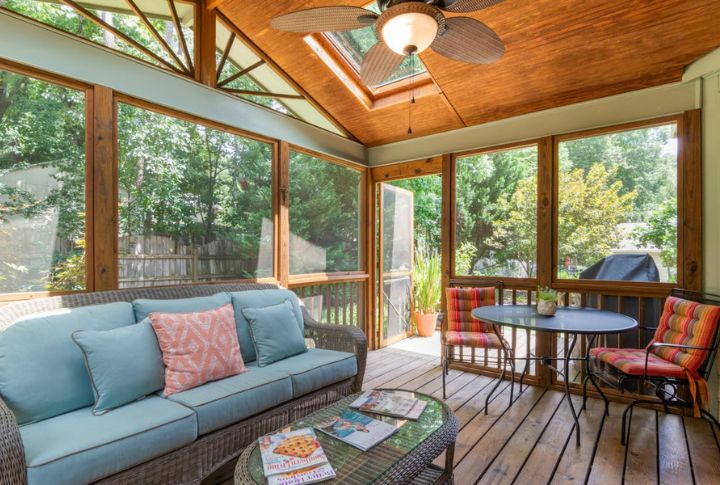
The Interior and outdoor spaces of your home should complement each other, not compete. By seamlessly blending design elements, you can create a natural flow that makes both areas more inviting and functional. With a few thoughtful adjustments, you’ll maximize your home’s potential. Ready for a smooth transition? These easy, practical tips will get you started.
Connect Spaces with Seamless Flooring
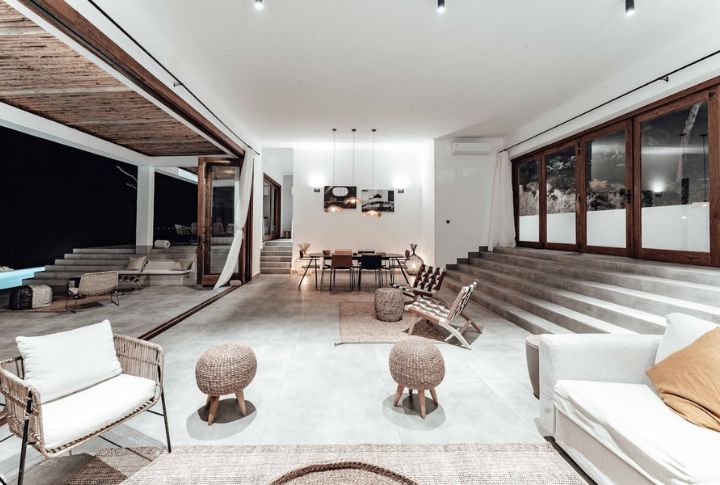
Using the same flooring indoors and out creates visual continuity and expands your space. Stone or tile works in both areas for a cohesive look. Opt for slip-resistant finishes outdoors for safety. This simple change unites your home, blending the lines between inside and outside effortlessly.
Create Harmony with Color Palettes

Extend your indoor color scheme to your outdoor areas for a harmonious feel. Neutral tones work well as they blend effortlessly with nature and create a calm, unified vibe. This smooth transition ensures a natural flow between spaces, and the texture is added through plants or furniture to keep things lively.
Open Up with Glass Doors
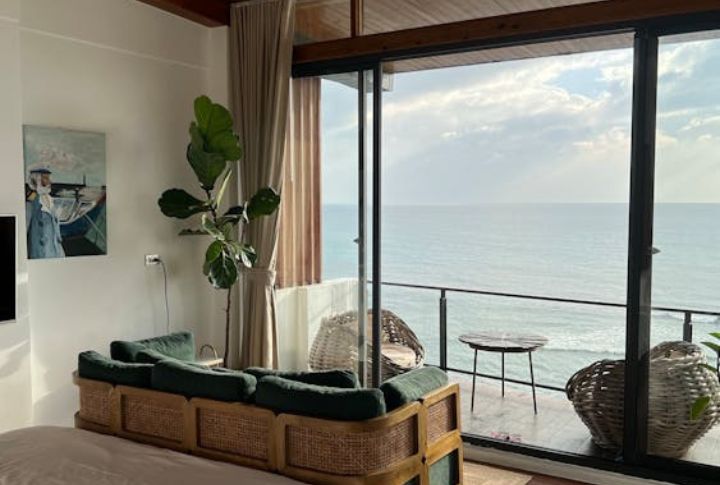
Glass doors invite natural light into your home and erase the boundary between indoors and outdoors. Sliding or folding designs open wide for a smooth transition. Low-E glass keeps your home energy-efficient while maintaining stunning views. It’s an ideal way to enhance space and light.
Match Furniture for Unity
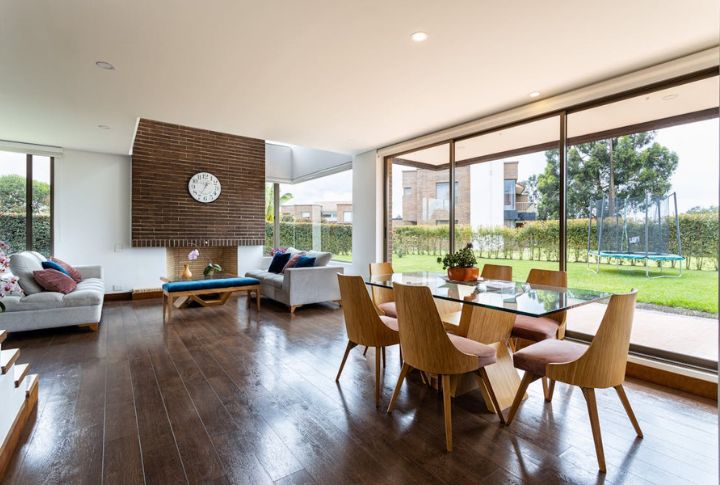
Choose furniture that compliments both your indoor and outdoor areas for a seamless connection. Materials like wicker, wood, or metal work well in both environments, but protective coating where applicable promotes uniform aging. This keeps both spaces visually cohesive and ready for any occasion.
Keep Lighting Consistent
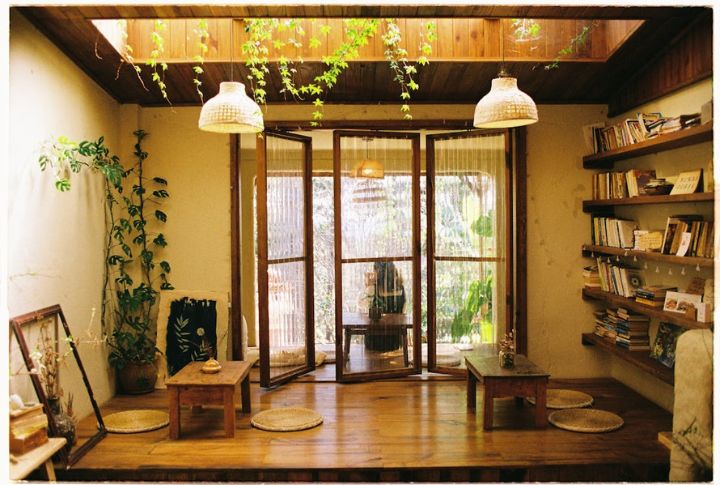
Lighting sets the mood and keeps your spaces feeling unified. So, choose similar fixtures for both indoors and outdoors to maintain a natural flow. Warm lighting adds a cozy, inviting atmosphere that connects both areas, especially at night. Solar-powered lights outside ensure the connection continues effortlessly after dark.
Use Natural Elements to Connect
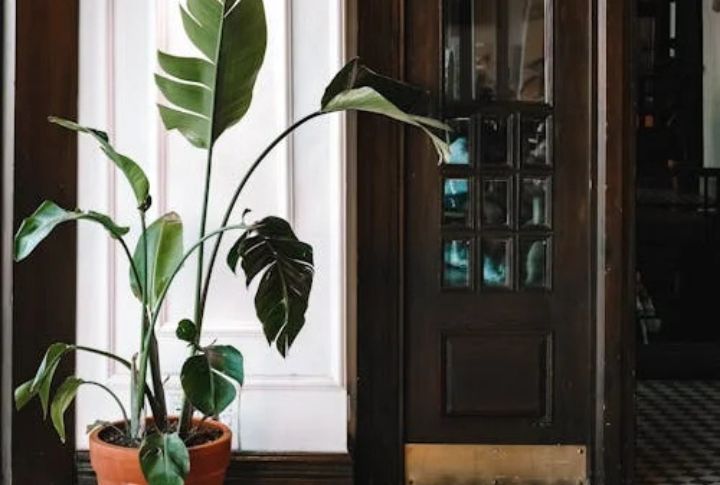
Bringing nature indoors helps create a smooth transition between your living spaces. Plants, wooden accents, and natural textures blur the lines between indoor and outdoor areas. Plus, they add warmth and continuity. Large potted plants or hanging greenery can straddle both areas and create a unified, organic flow throughout your home.
Outdoor Rugs that Bridge Spaces
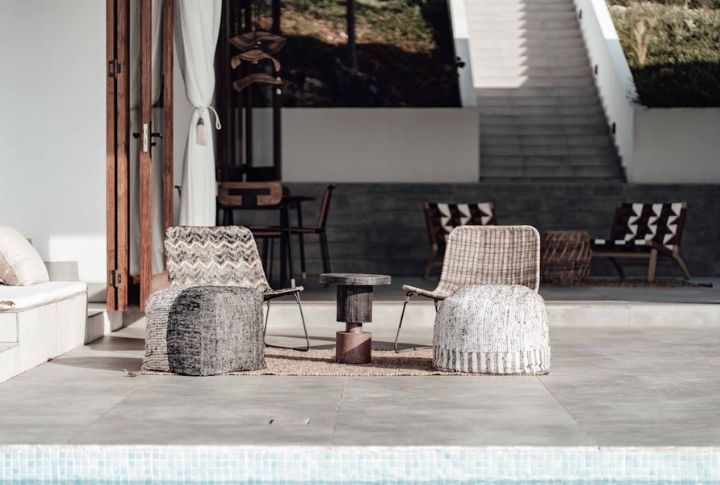
An outdoor rug matching your indoor style visually connects both spaces. You can do so by choosing UV-resistant materials to maintain color and durability outdoors. Rugs add comfort and invite movement between areas to transition from indoors to outdoors. It’s a simple way to unify your living space.
Coordinate Accessories for Seamless Design
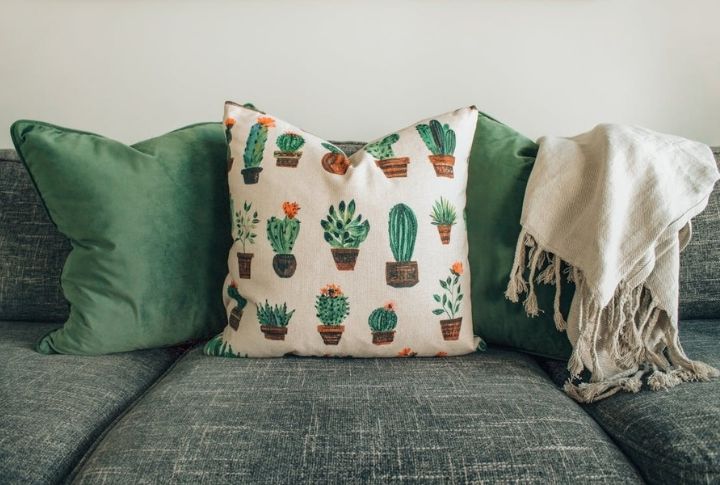
Matching accessories like cushions throws, or planters tie indoor and outdoor spaces together. In this case, choose versatile items that can function in both areas to keep your design cohesive. This approach allows for seasonal updates while maintaining flow between spaces. The result is a polished and connected look all year round.
Covered Patios for Year-Round Enjoyment
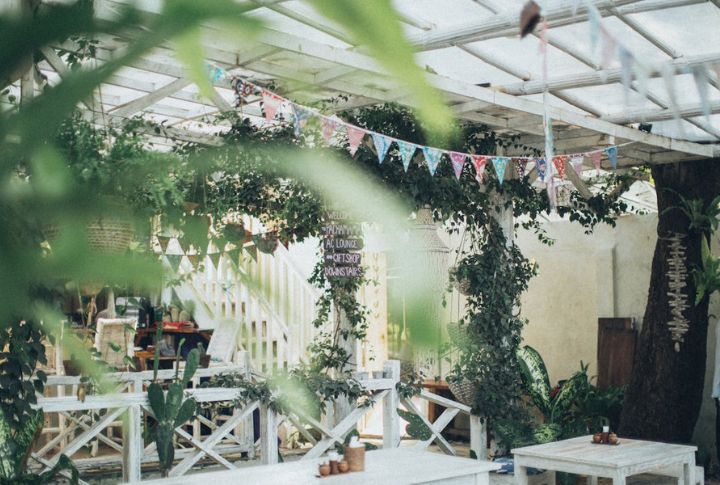
A covered patio extends your indoor space and creates a sheltered spot that connects inside and outside. This comfortable area enhances the flow between your living spaces, making your outdoor space feel like a natural extension of your home. It’s perfect for both relaxing and entertaining, whatever the weather.
Mirrors that Bring Nature In
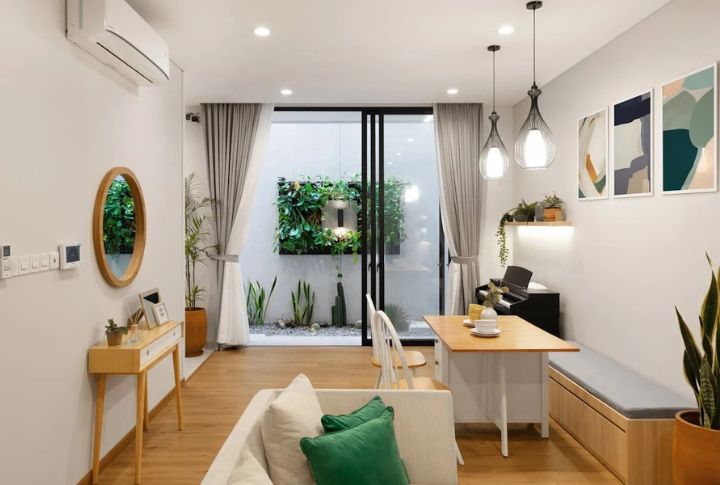
Position mirrors inside to reflect your outdoor view, basically doubling its visual impact. This design trick creates the illusion of more space and connects your home with nature. Place mirrors opposite windows or glass doors for the best effect to reflect how your outdoors look on the inside.
Outdoor Kitchens for Effortless Entertaining
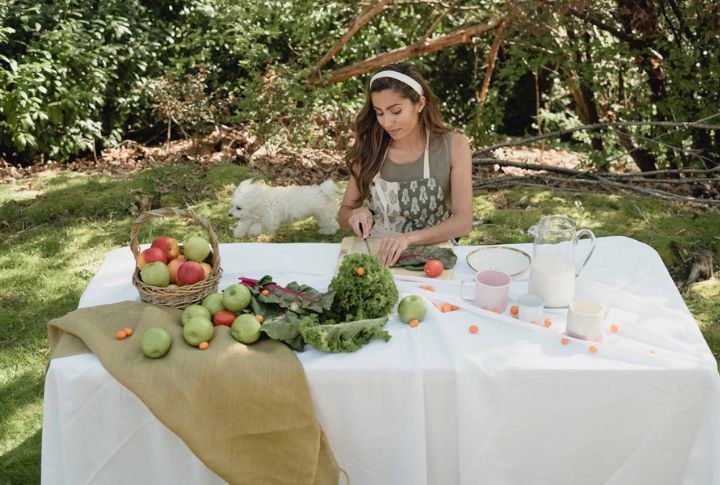
An outdoor kitchen creates a natural flow between your indoor and outdoor spaces. Stainless steel appliances offer durability and style while keeping the design modern. Placing the outdoor kitchen near your indoor one improves functionality and access and makes it easy to move between spaces when entertaining.
Vertical Gardens that Connect Worlds

Incorporating vertical gardens is a stylish way to add greenery to your indoor-outdoor design. Mounted on exterior walls or near windows, they beautifully blend the two environments. Combining herbs with decorative plants adds both charm and functionality. This space-saving design enhances the connection between nature and home.
Fire Features that Warm Both Spaces

Aside from enhancing your outdoor space’s usability year-round, an outdoor fireplace creates a warm, welcoming ambiance that draws you outside, even on chilly evenings. The soft glow adds a cozy, inviting touch, seamlessly connecting the comfort of your indoor living space with your outdoor environment.
Sliding Walls for Flexible Living
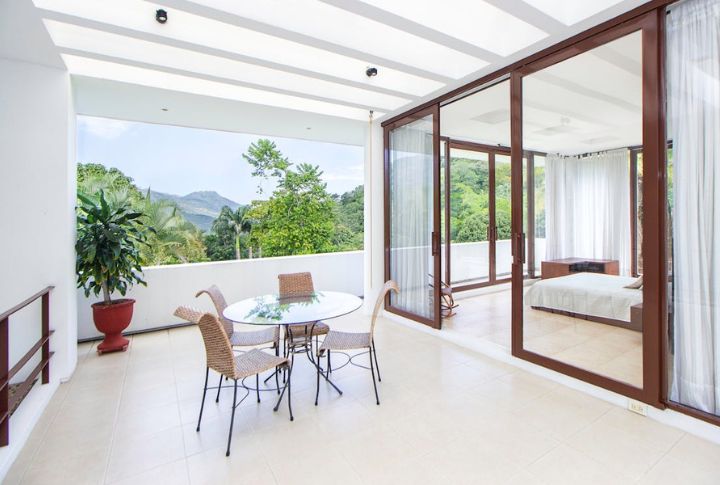
Sliding walls create the ultimate indoor-outdoor flow by completely removing the barrier between spaces. Pocket doors are especially effective, as they disappear when opened. This flexible design maximizes both areas and allows you to merge or separate spaces easily depending on the occasion or weather.
Sight Lines that Open Up Space
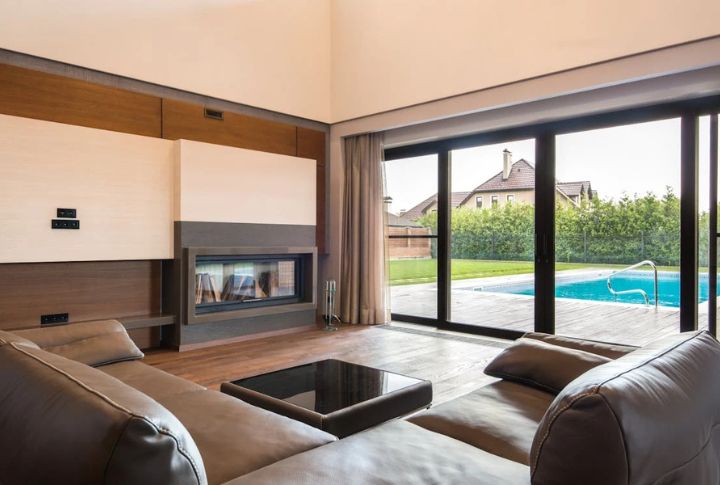
Keeping sight lines open between indoor and outdoor spaces makes your home feel larger and more connected. Thoughtfully arranging furniture to avoid visual blocks enhances this effect. Stagger furniture placement to guide the eye outside, create a natural flow, and make both areas feel spacious.

